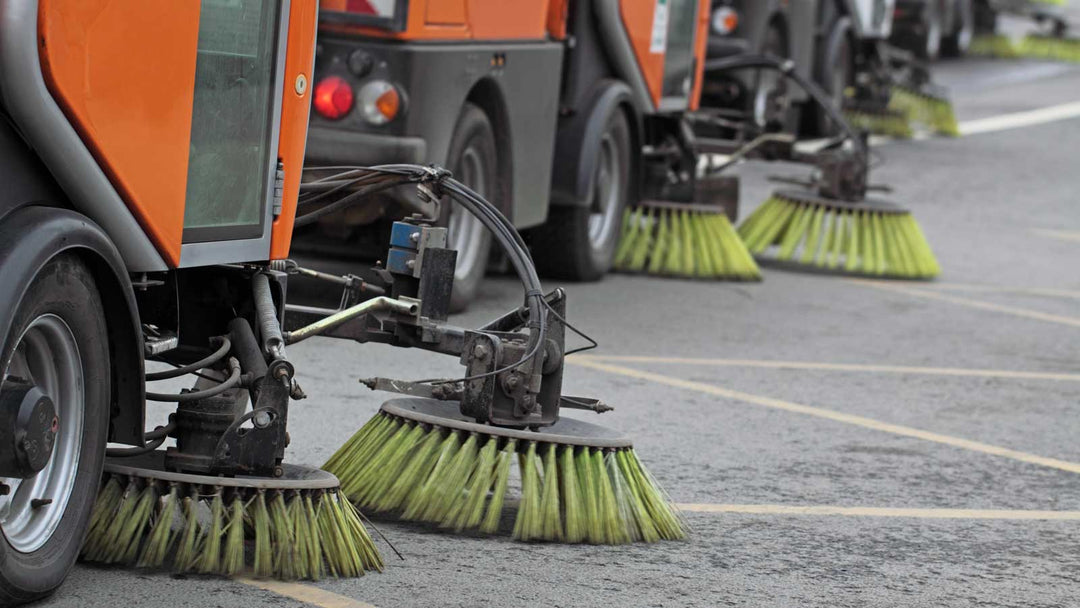Cycling Duathlons and Triathlons: Transitioning Between Disciplines
Cycling Duathlons and Triathlons: Transitioning Between Disciplines
Introduction
Participating in multi-discipline sports like duathlons and triathlons can be a thrilling challenge that pushes athletes to their limits. These events not only test endurance but also the ability to efficiently switch between disciplines, particularly cycling and running. In this post, we'll explore key strategies and tips for mastering these transitions to improve performance and enjoy a successful race.
Understanding the Basics
Before diving into the specifics of transitioning, it's crucial to understand what comprises these competitions:
Duathlons
- Run: The first segment involves running, which varies in distance depending on the race.
- Bike: Followed by cycling, requiring different muscle groups and equipment.
- Run: The event ends with another running segment, challenging the athlete's ability to retain speed and stamina after cycling.
Triathlons
- Swim: Starts with a swim, demanding a high level of aquatic skills.
- Bike: Transitioning from water to cycling, athletes must adjust quickly.
- Run: The final challenge is to complete the race on foot.
Transitioning Tips: Cycling to Running
Transitioning efficiently between cycling and running, known as T2 in triathlon lingo, is vital. Here’s how to optimize this changeover:
Before the Race
- Practice: Regularly train on transitioning from bike to run to adapt your body.
- Setup: Arrange your transition area for quick changeovers. Place running shoes, hat, and belt in an easily accessible spot.
During the Race
- Dismount Line: Familiarize yourself with the race's dismount line during your pre-race walkthrough.
- Change Quickly: Minimize time spent changing gear. Practice using quick-lacing systems or triathlon-specific shoes.
Post-Cycling Strategy
- Adjust Pace: Start your run at a moderate pace to allow your legs to adjust to the new motion.
- Focus on Form: Pay attention to your running form as fatigue from cycling can lead to inefficiency.
Equipment Checklist
Ensure you have the following items prepared for a seamless transition:
- Bike to Run: Running shoes, race belt, sunglasses, hat.
- General: Nutrition, hydration systems, and personal care items like sunscreen.
Common Mistakes to Avoid
- Overpacking: Bring only what’s necessary to reduce clutter and save time.
- Neglecting Practice: Simulate race conditions in training to ensure smooth transitions on race day.
Conclusion
Mastering the art of transitioning in cycling duathlons and triathlons can significantly enhance your performance and race experience. By preparing adequately and focusing on efficient changeovers, athletes can shave minutes off their times and enjoy a more fluid race.
> "Efficiency in transition is as crucial as speed and endurance in the race itself."
Call to Action
Ready to put these tips into action? Sign up for your next race today and challenge yourself with the exciting world of duathlons and triathlons! Train hard, transition smoothly, and most importantly, have fun competing.






